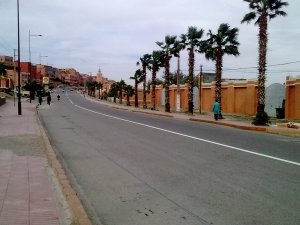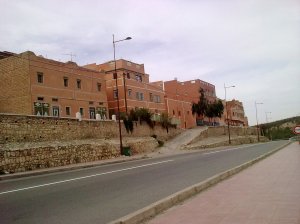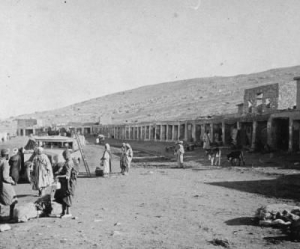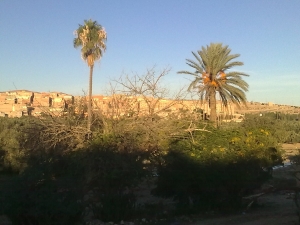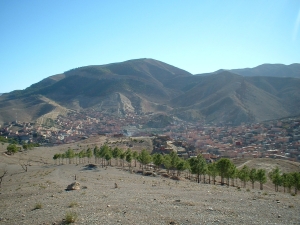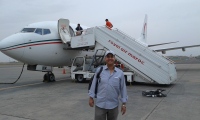IMINTANOUT






If we try to examine the term ‘Imintanout’ more closely, we will come out with the conclusion that it is composed of three morphemes: /-imi-/ -mouth or near; /-n-/ -of; and /tanout/ -small well. This combination might enhance the general belief that the first people who settled in Imintanout had been a nomadic tribe who came across a generous well in a grassy land. This had put an end to their nomadic life, but at the same time provided them with an organized system of life from which generates the nowadays Imintanout community with its conventions, traditions and norms.
Imintanout is located at the western valley of ‘Urgus’, a mountain in the Western High Atlas. People rely mainly on agriculture for their living. The seasonal flow of the river that crosses Imintanout allows the planting of olive trees as well as the growing of some cereals and vegetables. The almond trees and pine trees grow on unirrigated lands.


The majority of people of Imintanout are ‘Shluh’. This is due to the migration of ‘SEKSAWA’ people, which lasted till the Independence in 1956 . Also the migrating people from ‘SOUSS’ settled in Imintanout . What is worth noting is that people of Imintanout together with those of the neighbouring tribes such as BULÂWAN, ILUJANN, TAQNNOURT, TOZONTAN, AGADIR INFLASS and others have almost the same way of living concerning traditions, beliefs, grouping. This enlightens the fact that the drift of SEKSAWA people towards Imintanout, as we have already mentioned, has indeed taken place. Although there is the migration of Arabs from OULED BNSBAÂ, LÂBABSA and other neighbouring tribe. Arabic-speaking people form only a tiny percentage of Imintanout’s population. However, the Arabs are greatly influenced by the Berber’s traditions and customs to the extent that they have adopted most of them. Their mother language has not escaped the influence of TASHELHIT. Most of them speak TASHELHIT in order to integrate in the Berber’s society. But this does not mean that Arabic dialect is not spoken at all in Imintanout.


When we mention orality in Imintanout, we mean part of the culture in this Town. Tales, songs: ‘Ahwash’ and ‘Rwais’ form the bulk of this culture. The tales are transmitted orally from generation to generation. Most of the tales have at least a theme. It may be that of love, heroism, corruption… Some of these themes will be discussed when dealing with the didactic aspects of the folk-tales since they originate from the same area, Imintanout. Moreover: “Imintanout keeps among its traditions a lively form of Ahwash. According to the inspiration of the moment, a singer offers a theme that is developed by the men and women of the group in a kind of sung dialogue. The themes generally chosen deal with love, heroism and everyday life. Ahwash is a dance of all celebrations: religious, private or seasonal”.





